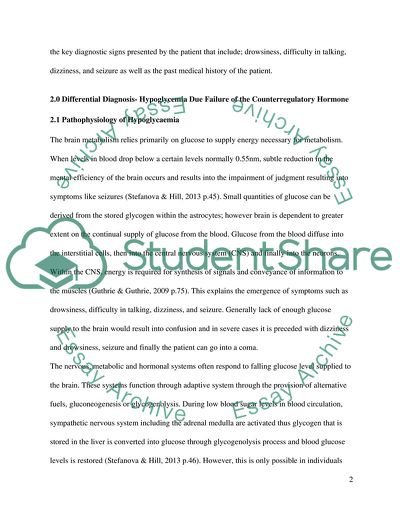Cite this document
(“Pathophysiology and Current Management Practices Case Study”, n.d.)
Pathophysiology and Current Management Practices Case Study. Retrieved from https://studentshare.org/nursing/1655710-pathophysiology-paramedic
Pathophysiology and Current Management Practices Case Study. Retrieved from https://studentshare.org/nursing/1655710-pathophysiology-paramedic
(Pathophysiology and Current Management Practices Case Study)
Pathophysiology and Current Management Practices Case Study. https://studentshare.org/nursing/1655710-pathophysiology-paramedic.
Pathophysiology and Current Management Practices Case Study. https://studentshare.org/nursing/1655710-pathophysiology-paramedic.
“Pathophysiology and Current Management Practices Case Study”, n.d. https://studentshare.org/nursing/1655710-pathophysiology-paramedic.


